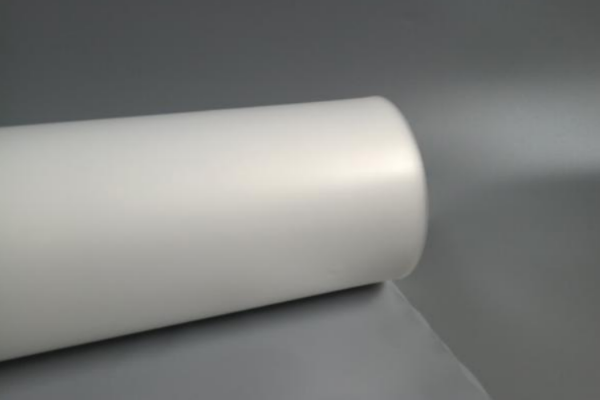Many people who do not know much about adhesives do not know much about the difference between thermosetting adhesives and thermoplastic adhesives. The two categories of adhesive products are fundamentally different, and because of this difference, there is a big difference in the way they are applied and the scope of application. So what is the difference between thermosetting adhesives and thermoplastic adhesives? Here is a brief introduction to you.
Hot melt adhesive is a kind of thermoplastic adhesive, and we know that many adhesives need to be heated in the process of bonding. For thermoplastic adhesives, heating is to let it melt. Because the thermoplastic adhesive is solid at room temperature, only through heating the thermoplastic adhesive can be melted into a liquid state on the object's surface to be smoothly laid open to form an effective bond.
The thermoplastic adhesive does not produce chemical changes during the healing process, but only the state of matter changes to a liquid state, a physical change. Hence, the characteristics of thermoplastic adhesive are reversible, both again after heating or will melt again. Therefore, in general, thermoplastic adhesives have a certain limit of high-temperature resistance.

Thermosetting adhesives also need to be heated when applying glue. Under certain temperature conditions, the chemical substances in the components of thermosetting adhesives will only speed up the chemical reaction and quickly change from a linear molecular structure to a net-like cross-linked structure. Because of the chemical reactions that occur throughout the process, thermosetting adhesives are often called reactive adhesives.
Because the process of changing from a linear molecular structure to a cross-linked reticulated molecular structure is irreversible, the sizing process of thermosetting adhesives is also irreversible. Thermosetting adhesives are generally liquid at room temperature and become solid after heating and curing reaction, which is the opposite of thermoplastic adhesives. This irreversible heating nature of the thermosetting adhesive makes it generally better resistant to high temperatures.
In layman's terms, thermoplastic adhesives are heated to melt, while thermosetting adhesives are heated to cure. Both thermoplastic and thermosetting adhesives have their strengths and weaknesses. The cohesive strength of thermosetting adhesives is generally higher than that of thermoplastic adhesives, and the high-temperature resistance is also stronger than that of thermoplastic adhesives. However, thermoplastic adhesives are more efficient and cleaner because they are solid at room temperature. They have a wide range of applications in their different fields.
Related articles:
What to look for when purchasing hot melt adhesive film?
What are the distinct advantages of hot melt adhesive films over other adhesive products that deserve attention?